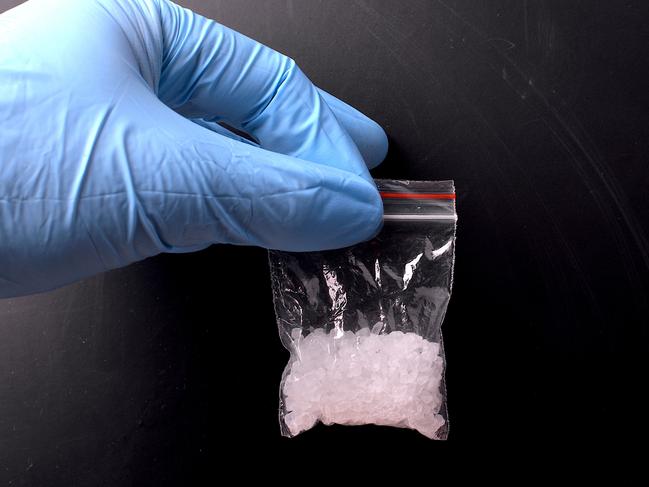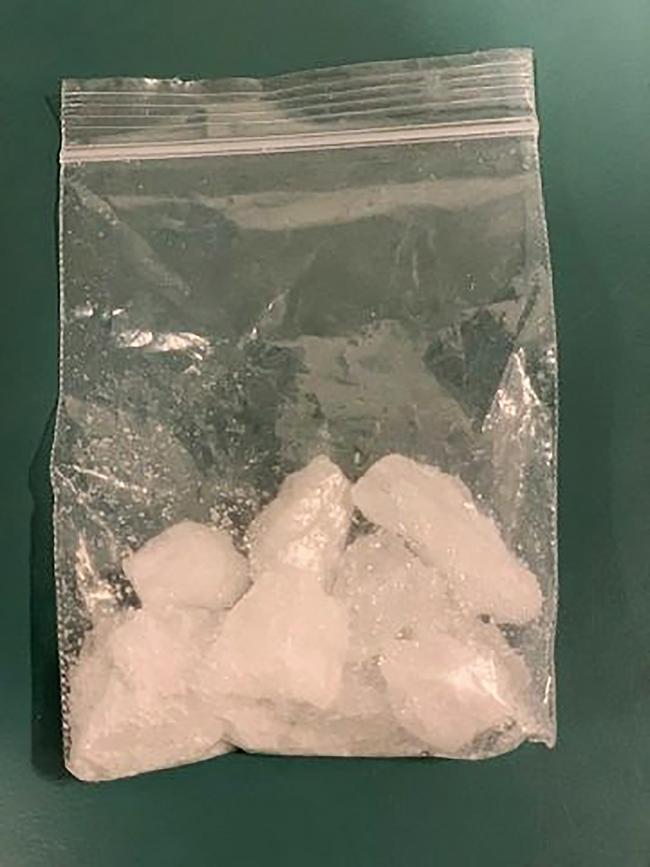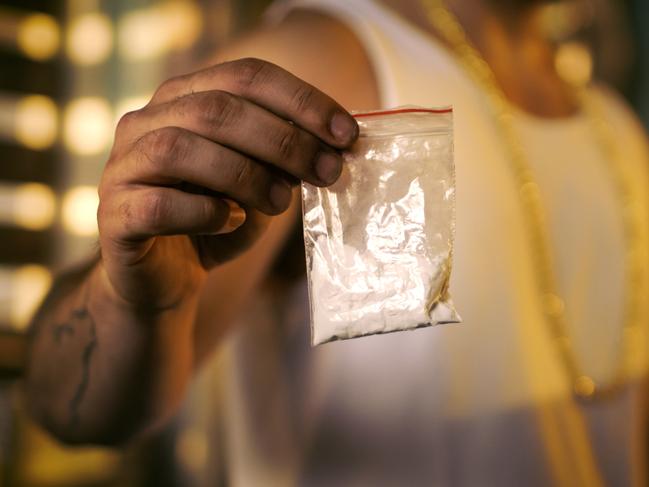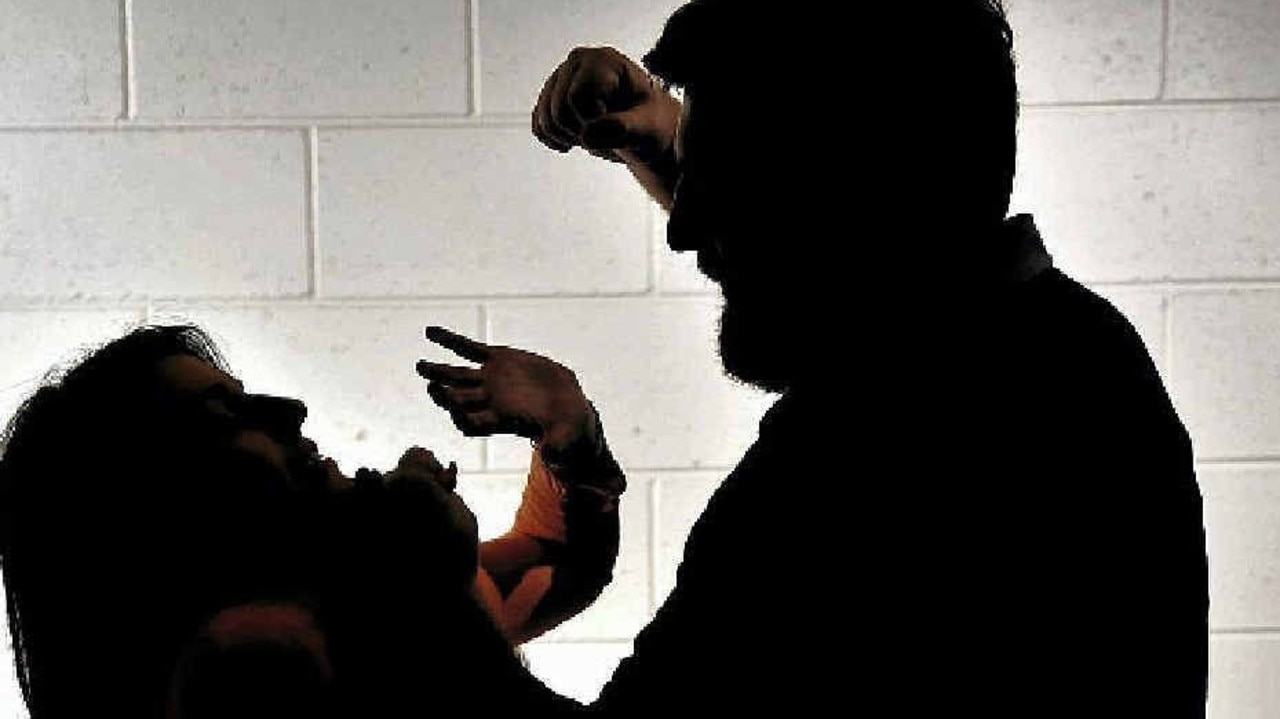Limited funding sees Gold Coast drug rehab struggle with the growing ice epidemic
A GOLD Coast drug rehabilitation clinic is struggling to keep up with the demand for beds and services in their residential care facility after receiving more than 4000 calls for help each year.
Crime and Court
Don't miss out on the headlines from Crime and Court. Followed categories will be added to My News.
A GOLD Coast drug rehabilitation clinic is only able to help 10 per cent of those who ask for help as it struggles under the weight of the growing national ice epidemic and stagnant funding.
Southport clinic Goldbridge Rehabilitation Services says it could triple its residential rehabilitation capacity tomorrow and still not meet the needs of all seeking 24-7 care.
Goldbridge has not had funding for new beds since it opened 30 years ago, but receives over 4000 calls for help annually, 1000 of which are seeking time at the centre.
But co-CEO Bernice Smith said the clinic could only accommodate about 100 individuals each year.
Between 2009-10 and 2015-16, the annual rate of methamphetamine-related Queensland hospital admissions increased from 3.9 to 79.9 per 100,000 persons.
THE GOLD COAST’S ONGOING DRUG PROBLEM

SUBSCRIBE TO THE BULLETIN AND GET A FITBIT
Ms Smith said the prevalence of crystal methamphetamine, known as ice, was driving the demand for the service.
“Ice is easy and it is cheap,” Ms Smith said. “At least 50 per cent of the people we see are ice users and it is growing.
“Funding has stayed the same yet our inquiries for residential care go up every year — funding for more beds needs to have happened yesterday.”
The State Government launched a five-year, $100 million Ice Strategy in January this year, which included enforcement and treatment measures, but the Gold Coast clinic is yet to receive a boost.
“We could add 10 beds tomorrow and another 10 next week and it still wouldn’t be enough,” Ms Smith said.
Each bed requires $60,000-$70,000 annually to cover the cost of the accommodation, medical treatment and counselling support.
The Queensland Department of Health currently funds seven specialist treatment providers based in the Gold Coast Hospital and Health Service region.
MAN CAUGHT WITH FANTASY BLAMES THE GOLD COAST FOR HIS DRUG ADDICTION

Questions for Federal Minister for Health Greg Hunt were answered in a statement from the department which said funding of drug and alcohol treatment services was “primarily a state and territory responsibility”.
The statement said it would invest $574 million over four years from July 2016 in drug and alcohol treatment services.
“In 2018-19, approximately $28 million is being provided in Queensland for drug and alcohol treatment services,” the statement said.

NEVER MISS A MINUTE WITH THE GOLD COAST BULLETIN APP
“In 2017-18, a total of $3,187,048 is provided under the Drug and Alcohol Program in the Gold Coast region for drug and alcohol treatment services.”
The government said that allocation included $1.19 million commission new treatment services; $1.288 million for national and statewide services (such as residential rehabilitation); and $712,622 for non-residential, locally based treatment services.”


